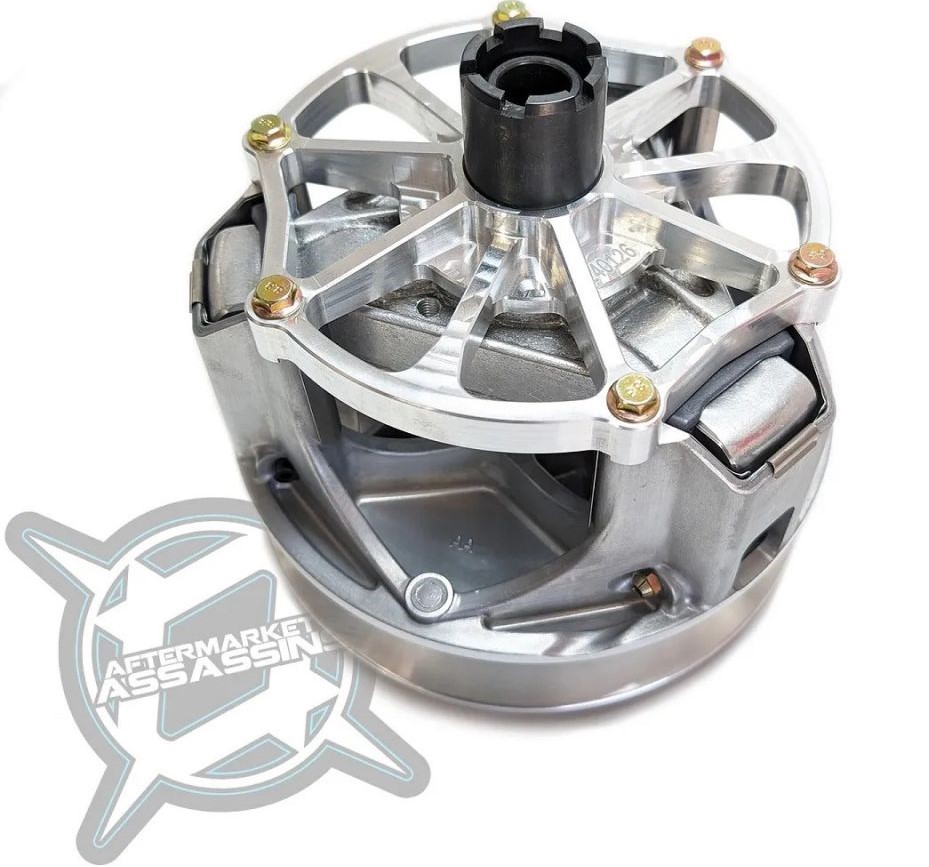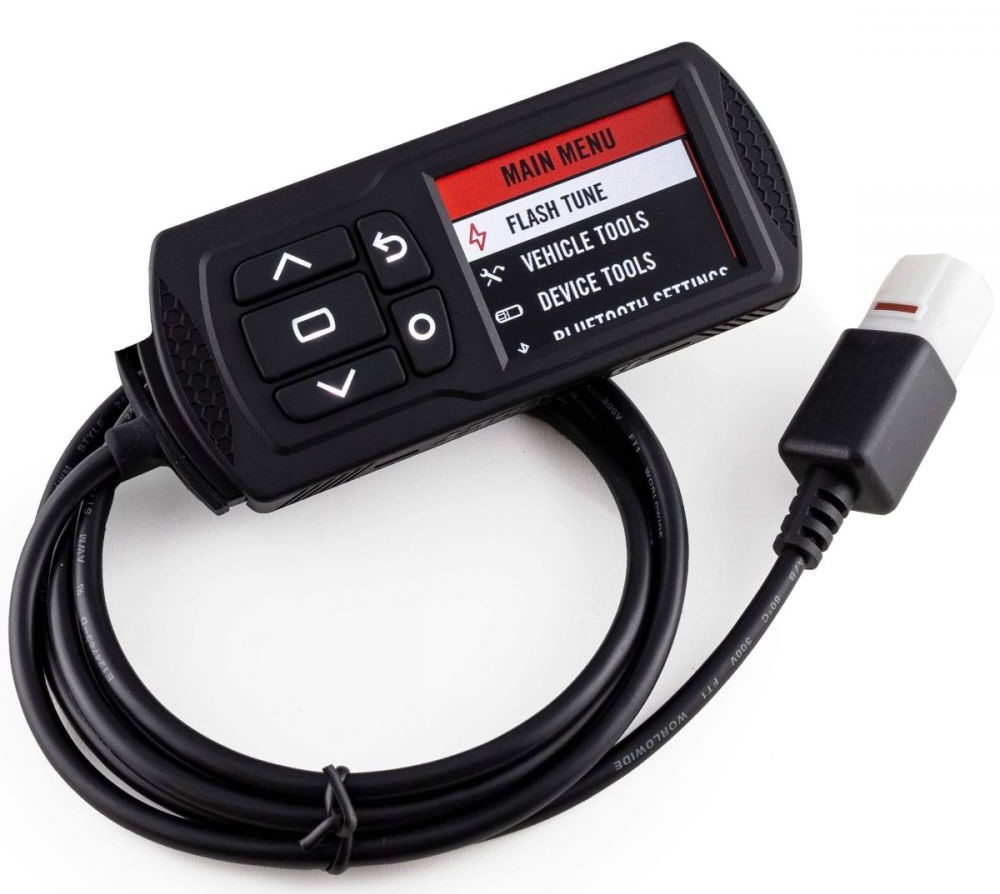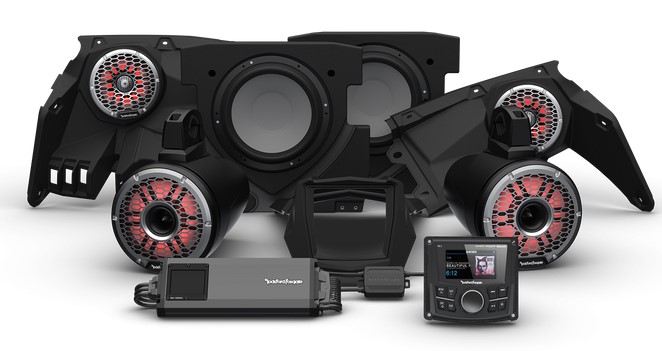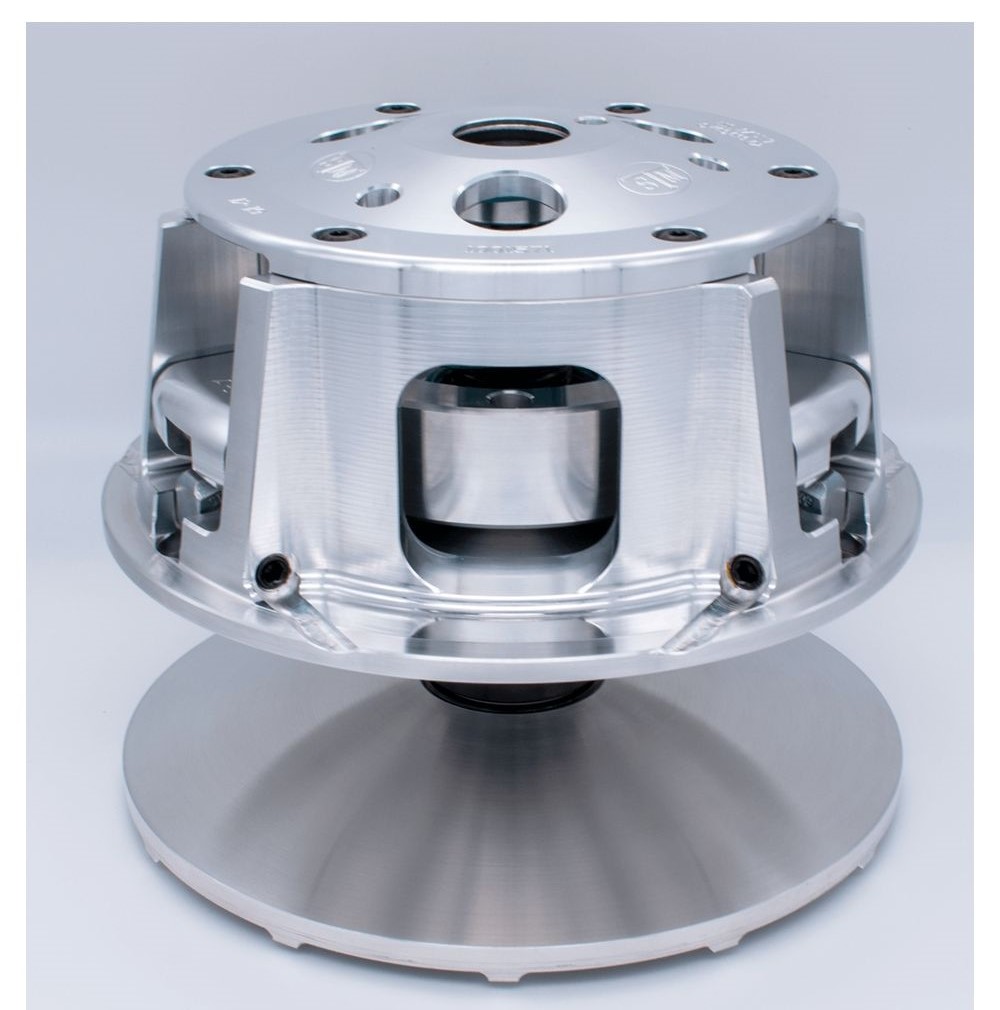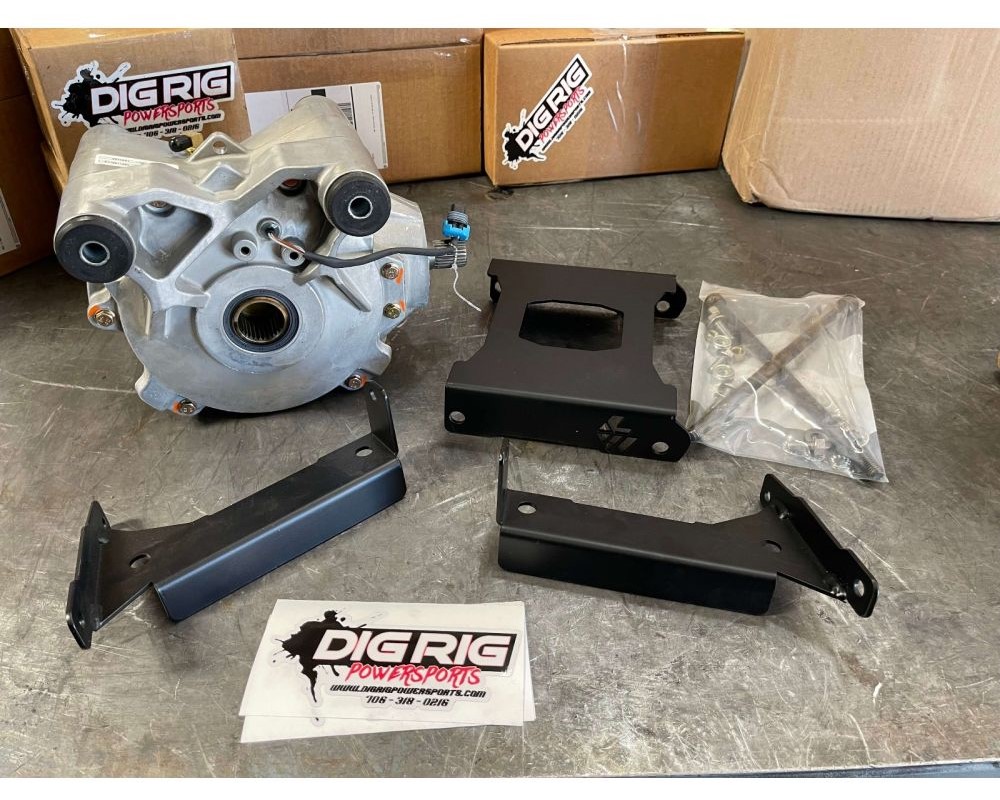STM Clutch Tuning Guide: Unlocking Performance with Precision Tuning
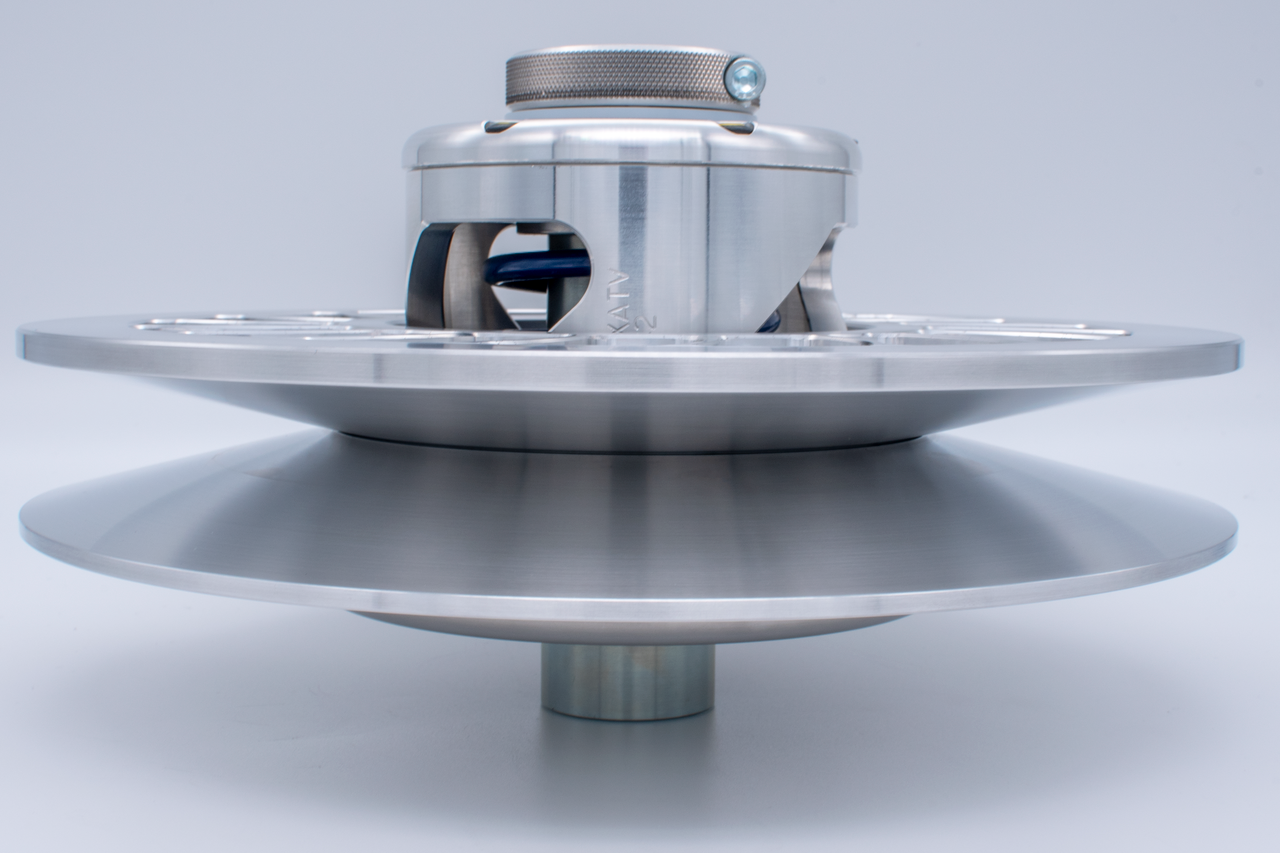
If you’re seeking optimal performance from your ATV, UTV, or Can-Am vehicle, understanding STM clutch tuning is essential. STM clutches are highly regarded for their adjustability and durability, allowing you to fine-tune your clutch for the specific demands of your vehicle and terrain. This STM clutch tuning guide will walk you through key components, adjustments, and tips to help you make the most of your setup.
What is STM Clutch Tuning?
STM clutch tuning involves adjusting your clutch components to control how engine power is transferred to the wheels. By tuning an STM clutch, you can tailor acceleration, top speed, handling, and torque delivery to fit your riding needs, from trail cruising to technical rock crawling or heavy mudding.
Key Components in the STM Clutch Tuning Guide
1. Primary Clutch Weights: Setting the Tone for RPM Control
The primary clutch weights are crucial in setting RPM engagement, impacting how the clutch reacts to throttle. Here’s how different weights can change your ride:
- Lighter Primary Clutch Weights: These allow the engine to reach higher RPMs more quickly, delivering faster acceleration—ideal for aggressive riders or those tackling tough terrain.
- Heavier Primary Clutch Weights: Heavier weights result in smoother acceleration at lower RPMs, making them suitable for low-traction surfaces and control-demanding environments.
2. Primary Springs: Fine-Tuning Engagement
The primary spring in your STM clutch set up controls when the clutch engages:
- Stiffer Springs: They increase engagement RPM, giving a boost for aggressive launches or quick acceleration. This is useful in canam clutch tuning, where you need that initial thrust in challenging conditions.
- Softer Springs: These lower the engagement RPM, offering smoother power transfer and minimizing wear, which is beneficial for casual riding or long-distance trail use.
3. Helix or Secondary Clutch Cam Angle: Adjusting Power Delivery
The helix, or cam angle, plays a key role in atv clutch tuning by affecting how quickly the clutch shifts when you decelerate.
- Steeper Angles: These result in faster backshifting, providing more responsive throttle transitions. For those who need constant power adjustments in rough terrain, like sand or rocky paths, this setting is highly beneficial.
- Shallower Angles: These give a smoother shift-out, helping the clutch maintain consistent performance on flatter terrain and at higher speeds.
4. Secondary Clutch Springs: Boosting Responsiveness and Stability
In your stm clutch set up, secondary springs offer stability and control under load.
- Stiffer Secondary Springs: Hold RPMs under load, ensuring the clutch holds steady and delivers more power in demanding situations like mud or hill climbs.
- Softer Secondary Springs: Allow RPMs to drop more easily, creating a smoother top-end performance on flat terrain.
Clutch Tuning for Different Riding Styles
Performance Acceleration Tuning
For riders who prioritize quick launches and responsive acceleration, adjusting the STM clutch for high-RPM engagement is essential:
- Use lighter Primary Clutch Weights and stiffer primary springs to achieve a more aggressive takeoff.
- A steeper helix angle and stiffer secondary spring will further enhance backshifting, delivering instant power when you throttle.
High-Speed or Trail Performance Tuning
To maximize top-end speed and stability, follow these stm clutch tuning adjustments:
- Use heavier Primary Clutch Weights to achieve steady, controlled acceleration at lower RPM.
- Choose a softer secondary spring to smooth out shifting at high speeds, especially helpful for open trails or highway sections.
Technical or Rugged Terrain Tuning
If your primary focus is technical or off-road Can-Am clutch kit adjustments, here’s what to consider:
- Increase the weight of the Primary Clutch Weights to lower engagement RPM and offer better control.
- Use a stiffer secondary spring to maintain RPM in hilly or technical terrain, ensuring power is consistent during challenging maneuvers.
Mud and Sand Riding Tuning
When the terrain is soft, and traction is at a premium, STM clutch tuning can give you an advantage:
- Heavier Primary Clutch Weights help control power delivery, preventing excessive spinning in loose mud or sand.
- A shallower helix angle keeps shifts smoother, offering steady power and better control.
Tips for Optimizing STM Clutch Tuning for Long-Term Performance
- Monitor Belt Temperature: High RPM engagement can generate more heat, which can wear down your drive belt. Keep an eye on temperature, especially during intense or prolonged rides.
- Adjust One Component at a Time: Tuning one component at a time allows you to observe how each adjustment affects performance.
- Consider Terrain and Vehicle Needs: An ATV clutch tuning setup for rocky terrain may differ significantly from a canam clutch tuning setup optimized for open trails or dunes.
Final Thoughts on STM Clutch Tuning
Proper stm clutch tuning can unlock new levels of performance for your ATV, UTV, or Can-Am. By understanding how each part affects power delivery, handling, and durability, you can fine-tune your setup to match the demands of your ride. With a balanced stm clutch set up, you’ll be able to take on any terrain with confidence and control, getting the most out of every adventure.
Whether you’re adjusting your Primary Clutch Weights for speed or optimizing springs for stability, following this STM clutch tuning guide will help you achieve the ideal setup tailored to your riding style and terrain needs.
FAQ: STM Clutch Can-Am Tuning Guide
1. What is tuning, and why is it important for my STM clutch?
- Tuning your STM clutch involves adjusting various components to enhance its performance according to your riding style and terrain. Proper tuning in this STM clutch tuning guide is essential for smooth engagement, improved throttle response, and enhanced handling, ensuring a better riding experience.
2. How do I know if my STM clutch needs tuning?
- Common signs that your STM clutch may need tuning include sluggish throttle response, delayed engagement, or inconsistent acceleration. If you encounter these issues, it may be time to consider stm clutch tuning to restore optimal performance.
3. Can I tune my STM clutch myself?
- Yes, tuning an STM clutch can be done yourself if you have the right tools and some mechanical knowledge. Following the STM clutch tuning guide and the manufacturer's instructions will help ensure safe and effective adjustments.
4. What tools do I need to tune my STM clutch?
- To adjust your Can-Am clutch kit and other STM clutch parts, you’ll need:
- Basic hand tools (wrenches, sockets, screwdrivers)
- Torque wrench
- Clutch tool (if applicable)
- Replacement Primary Clutch Weights, springs, and helixes
5. How do I adjust the weights in my STM clutch?
- Adjusting the Primary Clutch Weights involves removing the clutch cover, choosing weights suited to your desired engagement RPM, and replacing the current weights. After securely reassembling the clutch, test it to verify the adjustments.
6. What type of spring should I use for my tuning needs?
- Spring selection depends on your riding preferences. Softer springs offer faster engagement at lower RPMs, while stiffer springs increase the RPM required for engagement. Consider your usual terrain and conditions when selecting a spring for your stm clutch set up.
7. How can I tell if I’ve selected the right helix for my STM clutch?
- The ideal helix will support smooth shifting and responsive power throughout the RPM range. After installing the helix, take your Can-Am clutch kit for a test ride and assess its performance. Adjust further if necessary to ensure the right balance for your ride.
8. Is it necessary to retune my STM clutch after making adjustments?
- Yes, retuning after each adjustment is essential in atv clutch tuning. Changes to weights, springs, or the helix can impact overall performance, so take the time to test and fine-tune for the best results.
9. How often should I tune my STM clutch?
- The frequency of tuning depends on your riding habits and terrain. Generally, tuning at the start of each season or after significant setup changes helps maintain optimal performance.
10. What if I’m not satisfied with the tuning results?
- If you’re not satisfied with the tuning outcome, don’t hesitate to make further adjustments. Tuning is a trial-and-error process, requiring you to test different weights, springs, and helixes until you achieve the desired performance. For ongoing issues, consider consulting a professional in Can-Am clutch tuning.

